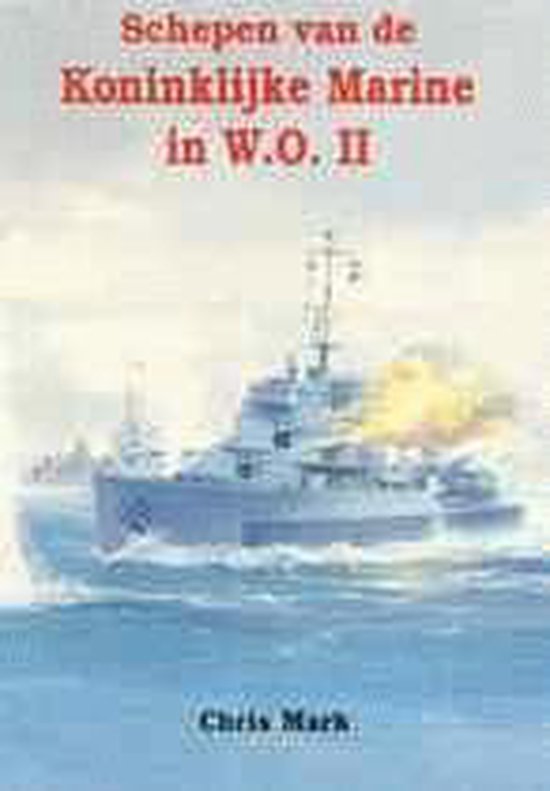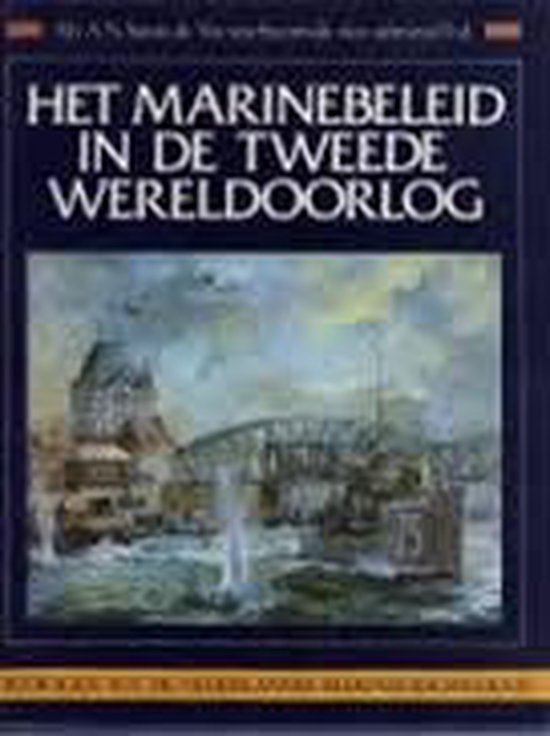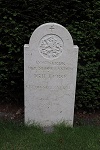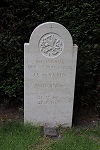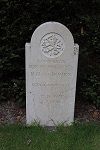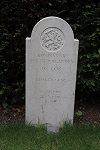Memorial for those of HMS. Johan Maurits van Nassau fallen in action
HMS. Johan Maurits van Nassau was a gunboat that was built in 1933. During the German attack on The Netherlands in 1940, the Johan Maurits was anchored in the approaches to Flushing. During the first day of the German attack, on May 10th, 1940, the ship succeeded to down one of the German aircraft which was laying mines near Flushing. In the afternoon of May 10 the ship received orders to proceed to Hoek van Holland. The next day, the ship was ordered to steam towards Den Helder. On May 13th the ship was attacked by a German Heinkel which caused no damage. Arrived at the approaches of Den Helder the ship was ordered to proceed to the Texelstroom in order to fire at the entrance to the Afsluitdijk. On May 14th the Johan Maurits laid fire on the German battery near Kornwerderzand. Later that day the ship was destroyed by an aerial attack near Callantsoog while the ship tried to escape to the United Kingdom. Most of the survivors were rescued by the other ships that were evading to the UK.
On the site of the ‘Kazematten Museum Kornwerderzand’ you can find a monument in memory of the deceased crewmembers of HMS. Johan Maurits van Nassau. On this monument the names of the crew members that died can be found.
The text on the monument can be translated as follows:
Royal Navy
HMS. Johan Maurits van Nassau
14 May 1940.
In memory of the deceased members of the crew of HMS. Johan Maurits van Nassau.
The gunboat was providing supporting fire from the Doove Balg in the Waddenzee to the ‘Detachment
Kornwerderzand’ of fortress Den Helder and silenced the German battery on the Frisian coast.
HMS. Johan Maurits van Nassau, on its way to Great Britain, was sunk by German bombers on the North Sea near Callantsoog
This monument has been placed on the site of the ‘Kazematten Museum Kornwerderzand*’ and can only be visited when you enter the museum.
* Kazematten are best translated as ‘casemates’ i.e. a group of smaller blockhouses.
Do you have more information about this location? Inform us!
Source
- Text: Sebastiaan Vonk
- Photos: Arjan Vrieze (1, 2), Bert Deelman (3)
Related books
Nearby
Museum
Point of interest
- Liberation Route Marker 645: Frisian resistance! - Kornwerderzand
- Information Sign 'The enemy did not pass here' - Kornwerderzand
- MAZA complex Harlingen - Harlingen
Monument
- Monument Lockheed Hudson FK790 - Kornwerderzand
- Memorial Killed Soldiers May 1940 - Kornwerderzand
- Memorial C.F.J. Boers and Q.J. Ham - Kornwerderzand
Cemetery
- Commonwealth War Graves Protestant Churchyard Makkum - Makkum
- Dutch War Graves Protestant Churchyard Makkum - Makkum
- Polish War Grave Protestant Churchyard Makkum - Makkum
Remembrance Stone
Fortification
- Stelling Kornwerderzand - Casemate IV - Kornwerderzand
- German Anti-tank Casemate - Kornwerderzand
- Stelling Kornwerderzand - Casemate III - Kornwerderzand


